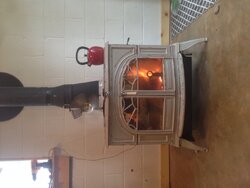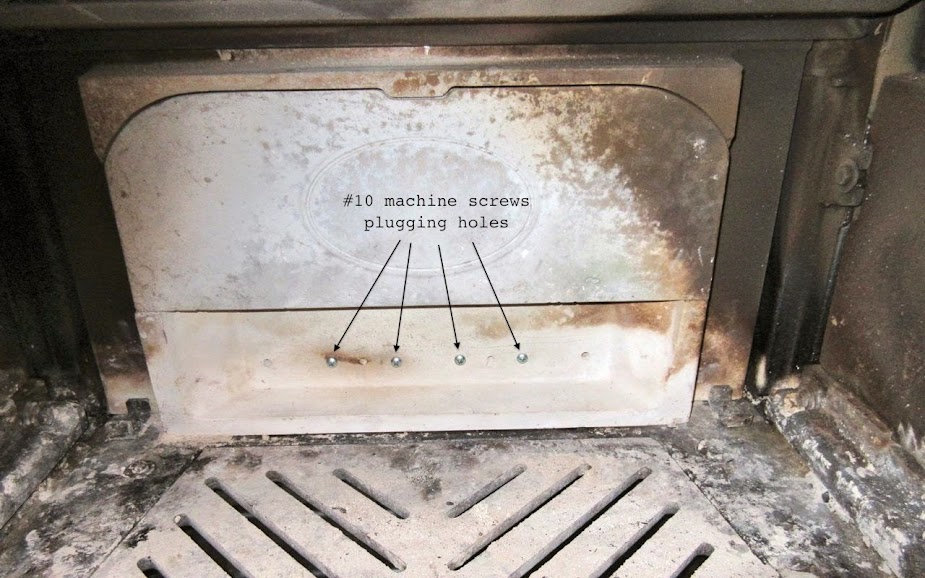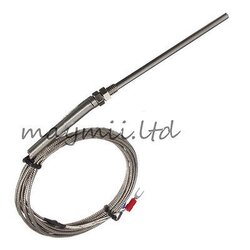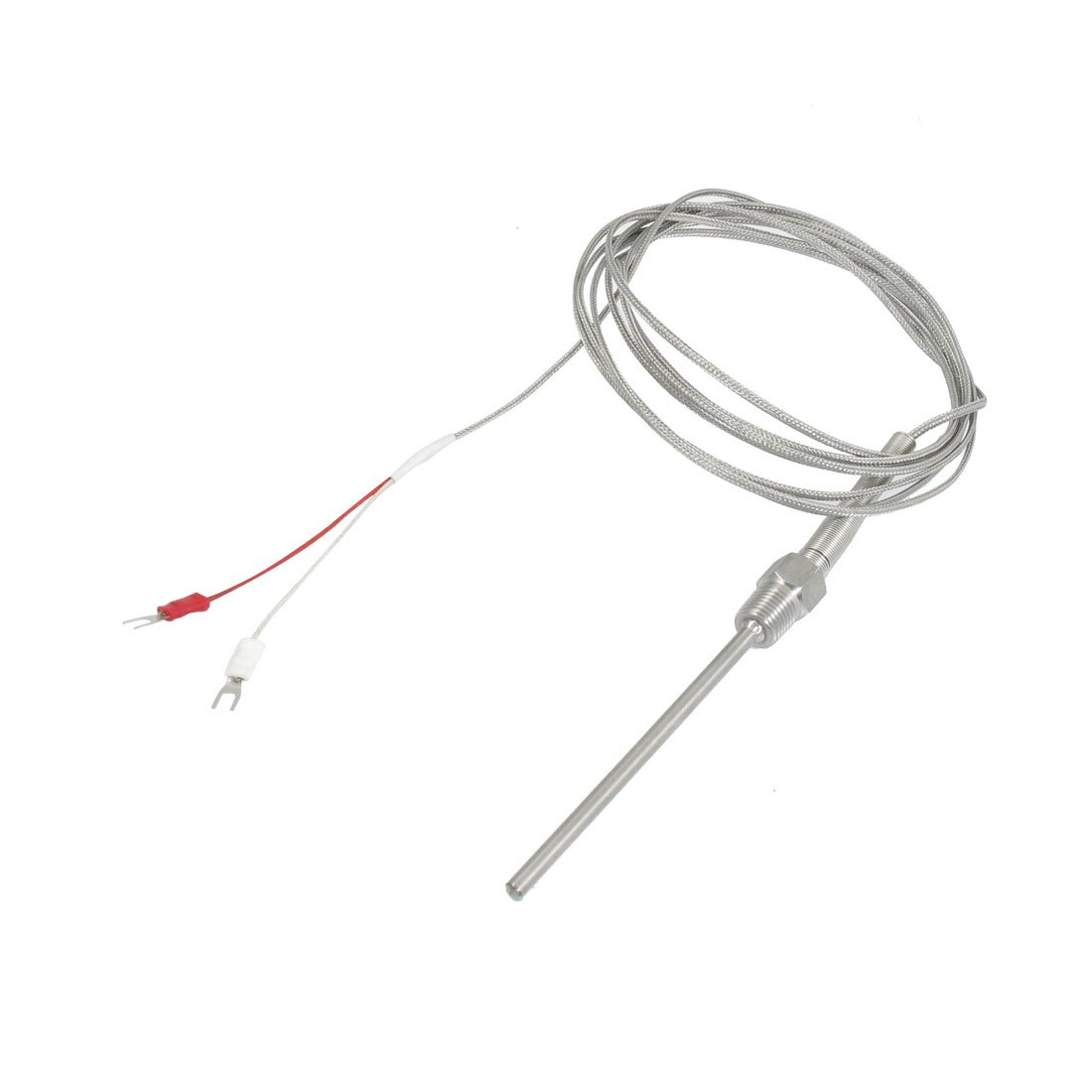Excavator
Feeling the Heat
when i am home i tend to load every 4 hours but when no one home stove burns slow and steady. Here is pic of my wood cart that
i will burn through in 24 hours if i am home
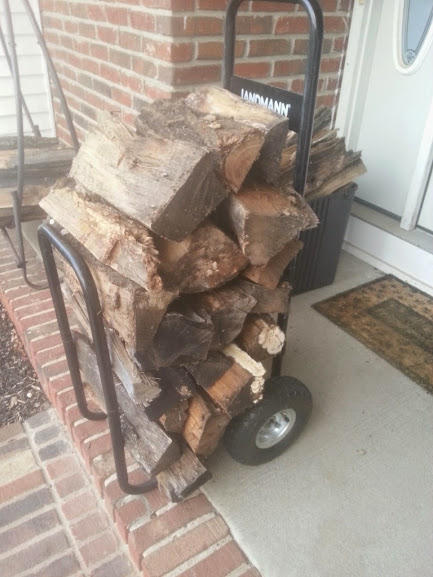
i will burn through in 24 hours if i am home


